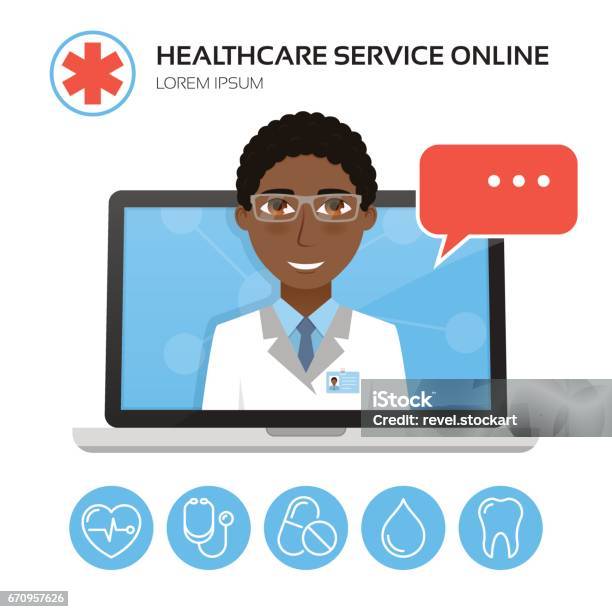Discover the Benefits of Subscription Based Healthcare for Affordable Medical Care
Discover the Benefits of Subscription Based Healthcare for Affordable Medical Care
Blog Article
Comprehending the Cost-Effectiveness of Subscription-Based Medical Care Models
As the medical care landscape evolves, subscription-based designs become an engaging alternative, guaranteeing to redefine just how people manage medical expenditures. Evaluating these designs' cost-effectiveness requires a nuanced contrast with traditional insurance coverage, thinking about both economic implications and client fulfillment. While they supply openness and predictability in expenses, inquiries stay about their capability to satisfy varied medical care needs, especially for specialized treatments. The point of views of doctor further complicate this equation, presenting a multifaceted challenge. What does the future hold for these models, and can they really provide on their guarantee of easily accessible, inexpensive care?
Review of Subscription-Based Designs
Subscription-based health care models, occasionally described as direct primary treatment or attendant medicine, are increasingly obtaining interest as a potential solution to inadequacies within conventional healthcare systems. These versions operate on the principle of offering individuals direct accessibility to doctor through a month-to-month or annual fee, bypassing the requirement for conventional insurance policy systems. This arrangement intends to streamline patient-provider communications by decreasing management concerns, which often prevent timely and tailored treatment.
At the core of subscription-based models is the focus on a more individualized client experience. Individuals benefit from improved accessibility to their doctors, usually including next-day or same-day appointments, prolonged appointment times, and direct communication networks such as phone or video phone calls. This version fosters a positive technique to healthcare, where clients and providers can collaboratively focus on preventative care and persistent condition management.

Cost Comparison With Conventional Insurance Coverage

One of the primary financial benefits of membership models is openness in prices. On the other hand, conventional insurance might be much more advantageous for people needing specialized care or pricey treatments not covered under a subscription version, as they benefit from the broader insurance coverage network and cost-sharing mechanisms.
However, cost-effectiveness is context-dependent. While registration models may offer cost savings for those primarily requiring health care, people with chronic conditions or specialized medical care needs may find standard insurance policy much more thorough. Consequently, examining details health care needs and prospective use is vital in figuring out one of the most affordable alternative for people.
Influence on Patient Complete Satisfaction
Individual contentment within subscription-based healthcare designs commonly mirrors a substantial renovation over traditional insurance systems. This enhancement is mainly associated to the customized care and availability these designs use. Individuals often report greater fulfillment because of minimized wait times and the simplicity of scheduling appointments. Unlike traditional systems, where patients might experience hold-ups in obtaining treatment, subscription-based designs make sure more direct and prompt interactions with healthcare service providers.
Additionally, the transparency in prices connected with subscription-based healthcare relieves the typical aggravations connected to unforeseen fees and intricate billing procedures seen in conventional insurance (subscription based healthcare). People appreciate recognizing the precise economic commitment upfront, bring about enhanced trust fund and confidence in their medical care management
In addition, the emphasis on precautionary treatment and wellness in membership versions adds to boosted health results, additionally enhancing client contentment. By focusing on continuous health care instead of great post to read anecdotal care, clients experience an even more constant and all natural healthcare journey.
Moreover, the boosted provider-patient relationship fostered in these designs, identified by even more time invested per patient and individualized focus, plays a crucial role in raising individual contentment degrees, as patients feel really taken care of and comprehended.
Carrier Experiences and perspectives
From the company's point of view, subscription-based medical care versions supply a transformative approach to delivering medical solutions. These versions stress a proactive and preventative medical care method, permitting carriers to focus on comprehensive individual care without the restrictions of traditional fee-for-service setups (subscription based healthcare). This change in focus usually causes improved patient outcomes and raised provider satisfaction, as medical care experts can allot more time and resources to client interaction and customized care strategies
Additionally, membership models promote foreseeable profits streams, which improve financial security for health care companies. This predictability enables improved source planning and appropriation, adding to a more reliable health care delivery system. Carriers can buy team infrastructure, training, and innovation improvements, consequently enhancing the high quality of treatment provided.
Nonetheless, the shift to subscription-based versions is not without challenges. Suppliers should adjust to brand-new operational structures, which can entail considerable adjustments in billing methods and person management systems. helpful resources Furthermore, there is an integral need for robust information management to track client end results and ensure high quality treatment. Regardless of these hurdles, numerous carriers find that the benefits of boosted person communication and streamlined operations exceed the preliminary obstacles, making subscription-based versions an attractive option.
Future Potential Customers and Difficulties

A key challenge is regulative conformity, as membership designs must stick to progressing healthcare policies and insurance coverage demands. This necessitates continual adaptation and development to guarantee placement with lawful criteria. Furthermore, integrating these models right into existing medical care infrastructures can be complicated, needing significant investments in innovation and training.
There is additionally the potential threat of producing injustices in healthcare accessibility, as subscription versions might prefer those that can afford them, leaving at risk populations underserved. Resolving this requires thoughtful factor to consider of prices approaches and subsidy systems to ensure inclusivity.
Final Thought
Subscription-based healthcare designs offer a practical alternative to typical insurance by using financial predictability and transparency, especially profiting people with chronic conditions or regular medical care needs. The cost-effectiveness of these models is contingent upon specific medical care usage patterns and situations. While they may boost patient contentment and streamline budgeting, difficulties continue to be in addressing specialized care needs. Future considerations consist of stabilizing comprehensive coverage with price and integrating these models within the broader healthcare system for ideal results.
Subscription-based health care models, sometimes referred to as direct primary care or concierge medicine, are increasingly gaining focus as a possible option to ineffectiveness within conventional health care systems. Unlike typical systems, where people may experience delays in receiving treatment, subscription-based designs guarantee even more prompt and direct interactions with medical care providers.
These versions highlight a preventative and proactive medical care technique, allowing carriers to focus on thorough person treatment without the constraints of typical fee-for-service plans. As these models proceed to acquire grip, they provide the prospective to revolutionize person access to care, simplify service distribution, and enhance medical care try this site costs.Subscription-based medical care designs offer a feasible alternative to standard insurance by supplying financial predictability and openness, particularly benefiting people with chronic problems or constant health care demands.
Report this page